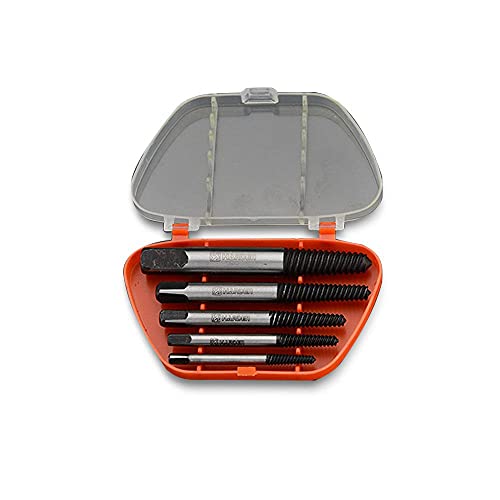I rinsed the gold powder out of the beaker with distilled water from a squirt bottle.
This put an excessive amount of water in the dish with the gold and water takes a long time to evaporate - even when heated.
I use a folded up piece of paper towel and tilt the dish to get all the clear water to one side of the dish.
Then I dip the tip of the paper towel into the water, being careful not to get any of the particles of gold sucked up into the paper towel.
It very effectively removes all the standing water and saves lots of time while waiting for the gold powder to dry so I can melt it into a button (or a bar if there is enough gold powder for that).
This put an excessive amount of water in the dish with the gold and water takes a long time to evaporate - even when heated.
I use a folded up piece of paper towel and tilt the dish to get all the clear water to one side of the dish.
Then I dip the tip of the paper towel into the water, being careful not to get any of the particles of gold sucked up into the paper towel.
It very effectively removes all the standing water and saves lots of time while waiting for the gold powder to dry so I can melt it into a button (or a bar if there is enough gold powder for that).

























































